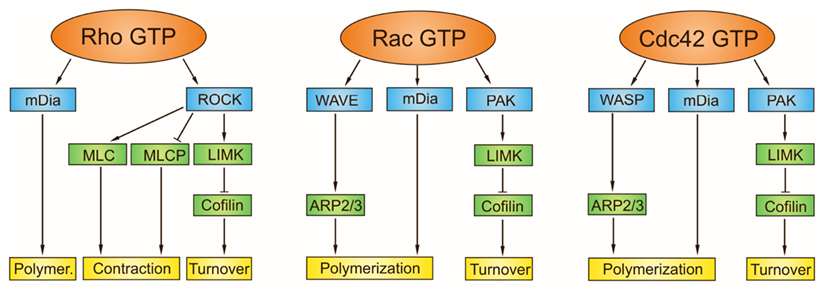·
Altered reaction to an Ag that results in pathologic
reactions upon the exposure of a sensitized host to that Ag
·
Not necessarily an “over-reactive” immune response,
but an inappropriate one (“abnormally active”)
·
Both endogenous and exogenous Ag may elicit
hypersensitivity reactions
·
The development of hypersensitivity diseases is often
associated with the inheritance of particular susceptibility genes.
·
All reaction types have a sensitization phase and
effector phase
·
Hypersensitivity reflects an imbalance between the
effector mechanisms of immune responses and the control mechanisms that serve
to normally limit such responses.
·
Four types based on the mechanism by which immune
reactions initiate tissue injury
·
Increasingly recognized that multiple mechanisms may
be operative in any one hypersensitivity disease and some disease represent a
continuum of reaction types.
|
Type
|
Prototype
Disorder
|
Immune
Mechanisms
|
Pathologic
Lesions
|
|
Anaphylaxis; allergies; bronchial asthma (atopic forms)
|
Production of IgE antibody → immediate release of
vasoactive amines and other mediators from mast cells; recruitment of
inflammatory cells (late-phase reaction)
|
Vascular dilation, edema, smooth muscle contraction,
mucus production, inflammation
|
|
|
IMHA; Good pasture syndrome
|
Production of IgG, IgM → binds to antigen on target cell
or tissue → phagocytosis or lysis of target cell by activated complement or
Fc receptors; recruitment of leukocytes
|
Cell lysis; inflammation
|
|
|
(immune complex- mediated)
|
SLE; some forms of glomerulonephritis; serum sickness;
Arthus reaction
|
Deposition of antigen-antibody complexes → complement
activation → recruitment of leukocytes by complement products and Fc
receptors → release of enzymes and other toxic molecules
|
Necrotizing vasculitis (fibrinoid necrosis); inflammation
|
|
Contact dermatitis; multiple sclerosis; type I, diabetes;
transplant rejection; tuberculosis
|
Activated T lymphocytes → i) release of cytokines and
macrophage activation; ii) T cell-mediated cytotoxicity
|
Perivascular cellular infiltrates; edema; cell
destruction; granuloma formation
|










